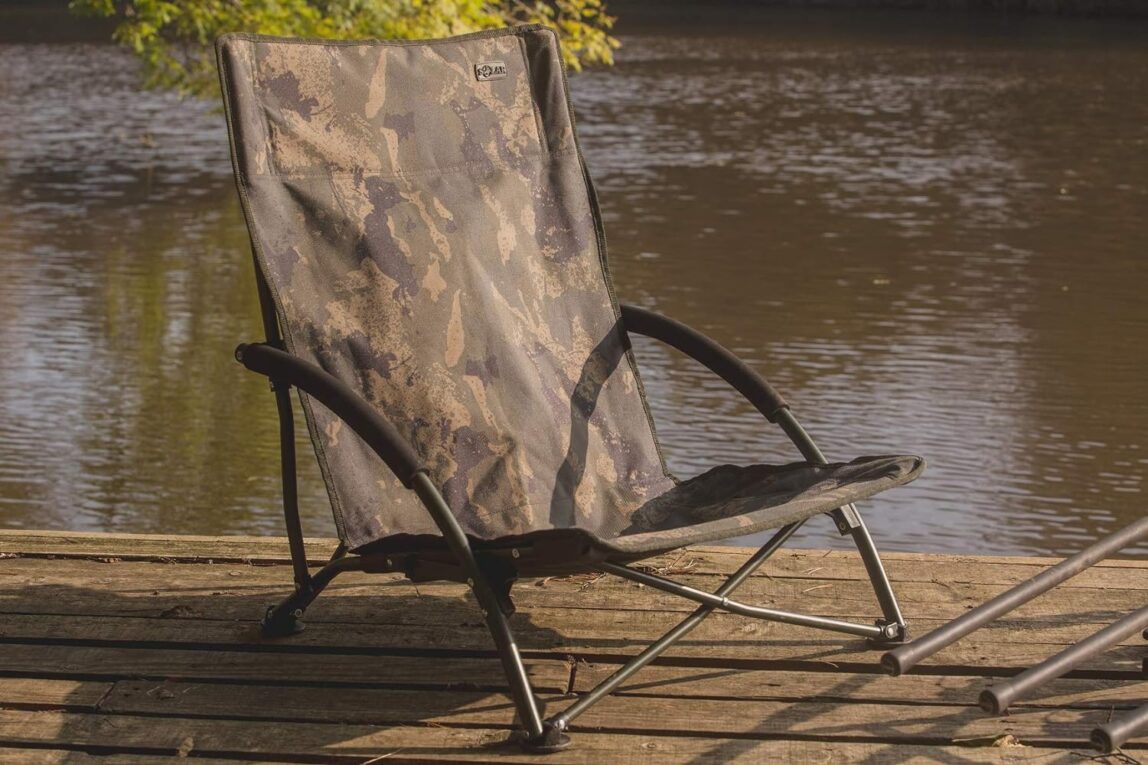Solar power has become hugely popular over the past few decades as a renewable and sustainable form of energy. While solar panels installed on rooftops or in fields can help power entire homes or feed energy back into the electric grid, new designs are tapping into solar energy potential in more portable and creative ways. The solar chair concept merges the functionality of a chair for sitting with built-in photovoltaic cells to harness the sun’s rays and generate electricity.
Design and Components
Most solar chair designs include a folding or collapsible frame similar to lawn chairs or camping chairs for easy portability and storage. The frames are constructed from lightweight but durable materials like aluminum alloy or carbon fiber to support a person’s weight without being too heavy to transport or store. Integrated into the frame or backrest are small solar photovoltaic panels wired to a rechargeable battery pack. These PV cells vary in size depending on the chair design but often range between 50 and 350 watts total panel capacity. For chairs intended solely for personal use to power small electronics, battery capacities average 12V 5000mAh lithium-ion batteries. Larger commercial designs may use 24V deep cycle lead-acid batteries for applications requiring more energy storage. Additional features like cup holders, side tables, and USB ports allow the chair to charge mobile devices while providing a place to rest.
Applications and Uses
Solar Chair offer numerous uses both personal and commercial. For individuals, they provide a sustainable seating option for camping, beach trips, parks, and outdoor events that simultaneously collects solar energy. Users can charge their phones, tablets, cameras and other small electronics directly through built-in USB or other ports without needing an external power source. Some advanced designs even integrate speakers so the chair can function as a portable device to listen to music outside.
For commercial applications, solar chairs serve roles like patio furniture for restaurants, hotels or resorts that doubles as advertisement. Places serving outdoor dining can display their logo through well-designed chairs that also power string lights, small fans or other ambiance items without the hassle of extension cords. Campgrounds and RV parks also utilize solar-powered furnishings to provide charging access for guests without direct electrical access to each campsite. Event planners employ branded solar chairs as giveaways or for seating at green expos, concerts and conferences knowing attendees can charge devices throughout the day’s activities.
Comfort Features and Design Variations
While panels and batteries handle the energy production aspects, designers still focus on elements ensuring seating comfort comparable to standard chairs. Upholstered fabrics, padded seats and adjustable backs allow natural posture positions unlike basic metal or plastic lawn chairs. Fold-out side tables or additional panels on arms provide surfaces for devices without having to balance them on laps.
Several companies now offer both consumer and commercial solar chair product lines varying slightly in appearance but following similar frameworks. Some accentuate modern, minimalist aesthetics using thin slatted frames and ultra-lightweight materials. Others emphasize durable, all-terrain designs suitable for rugged environments like beaches through heavy-duty powder coated aluminum and waterproof speakers. Foldable styles split into smaller pieces for stowing in tight spaces like car trunks or RVs more easily than fixed chairs. Retractable solar panels on adjustable tilts optimize sun exposure based on time of day too.
Benefits and Drawbacks
The main benefit of Solar Chair lies in their portability and flexibility compared to stationary solar systems. Their self-contained designs provide on-the-go access to solar power anywhere outdoors without needing wall outlets or extension cords. From an environmental perspective, they encourage adoption of renewable energy sources on both small and large scales. Their advertising applications prove useful for promoting sustainable business practices as well.
However, some limitations still impact solar chair technology. Battery capacity remains relatively small, restricting how many or high-powered devices can charge fully between sunny days. Weather dependence forces paused usage during rain or clouds. Transporting fully assembled chairs poses bulkier storage challenges than flat-packed portable solar panels alone too. Pricing also tends costlier than non-powered furniture due to added component expenses, though economies of scale may reduce costs over time.
Opportunities for Improvement and Innovation
Ongoing research continues enhancing photovoltaic efficiency and battery energy density to stretch solar chair abilities. New battery chemistries like solid-state could boost capacities within confined volumes. Improved panel materials may fabricate semi-flexible photovoltaics adhered aerodynamically to chair frames rather than rigid flat panels. Foldout designs integrating compactly for carrying promise better portability. Connectivity features may interface chairs as auxiliary power stations during outdoor events too.
Overall the solar chair merges practical seating comfort with the advantages of renewable power portability. Sustainable design improvements will expand their viability for personal relaxation, advertising applications, and off-grid portable charging anywhere sunlight prevails outdoors. Wider commercial and individual adoption supports eco-friendly energy generation from versatile solar chair technology.
*Note:
1. Source: Coherent Market Insights, Public sources, Desk research
2. We have leveraged AI tools to mine information and compile it

